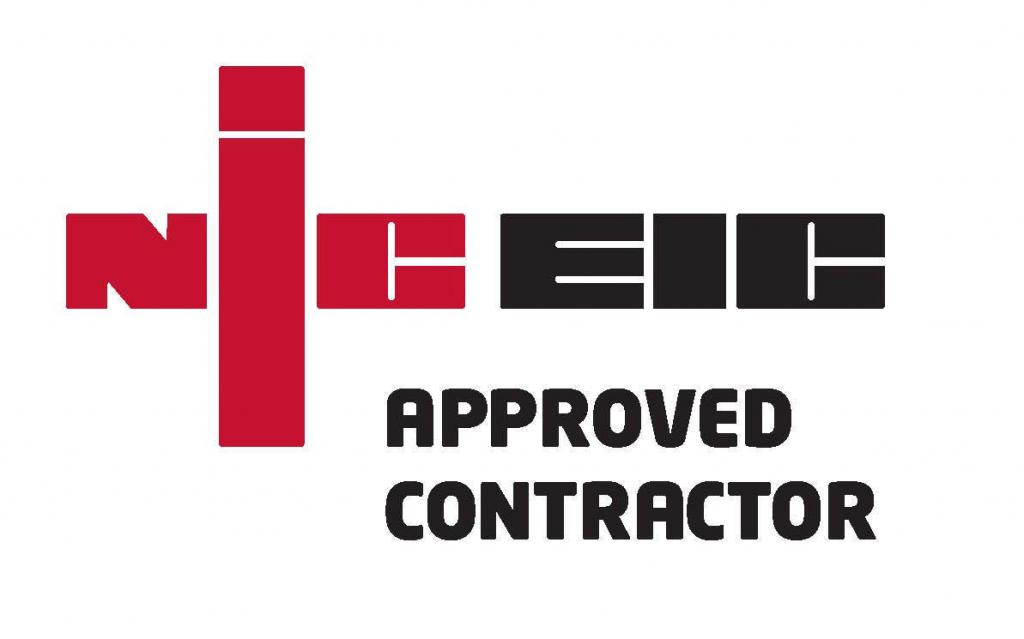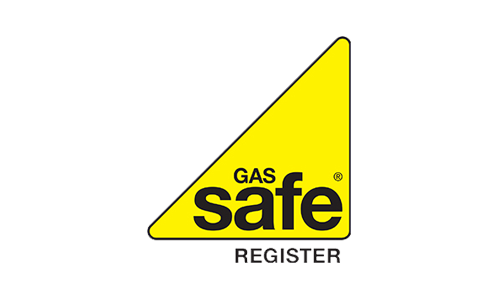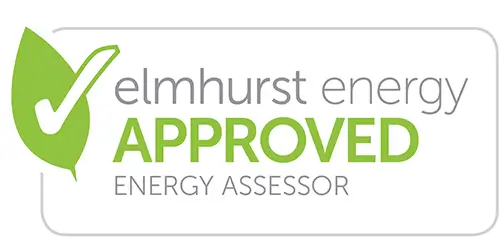Ventilation is the exchange of indoor and outdoor air. Domestic Ventilation is an important characteristic of a healthy indoor environment. Indoor air usually contains harmful pollutants as well as moisture while outdoor air is fresh and is good for maintaining healthy indoor air quality which can only be ensured by proper ventilation. Harmful pollutants are usually trapped inside a property in the absence of proper ventilation which damages occupant’s health as well as property itself.
Indoor pollutants within the property are produced from regular household’s activities like showering, smoking, scented candles burning, spraying, painting, washing and cooking. Other than that, moisture is considered as one of the most serious problems within properties. Properties need balanced humidity level for a healthy indoor environment. Significant rise in humidity level inside the property causes serious damages to the property and people living in it. The level of humidity must be kept within desirable range which can be ensured by proper ventilation.
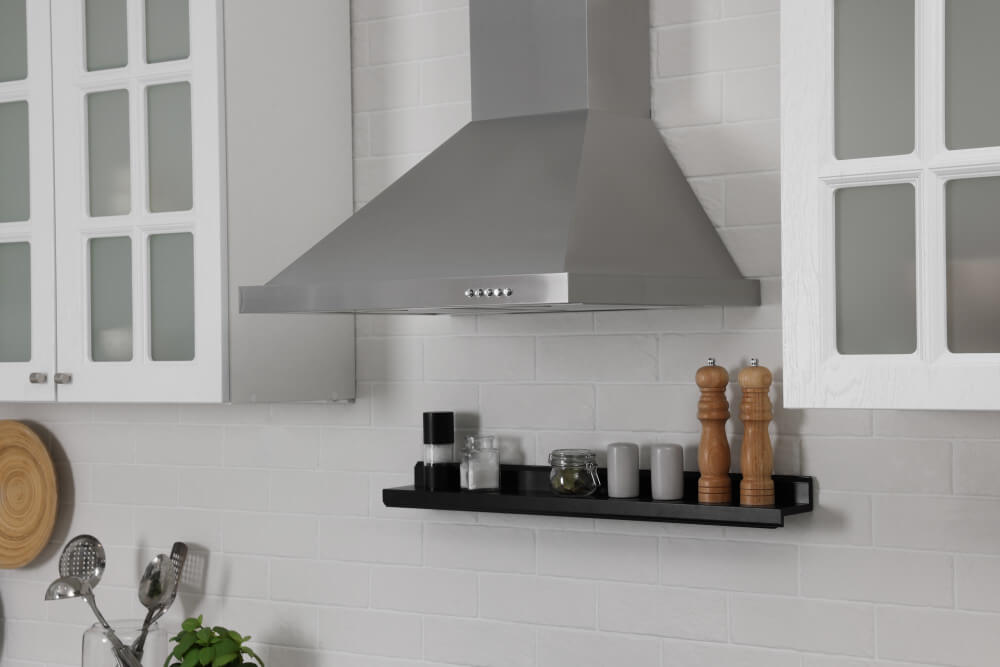
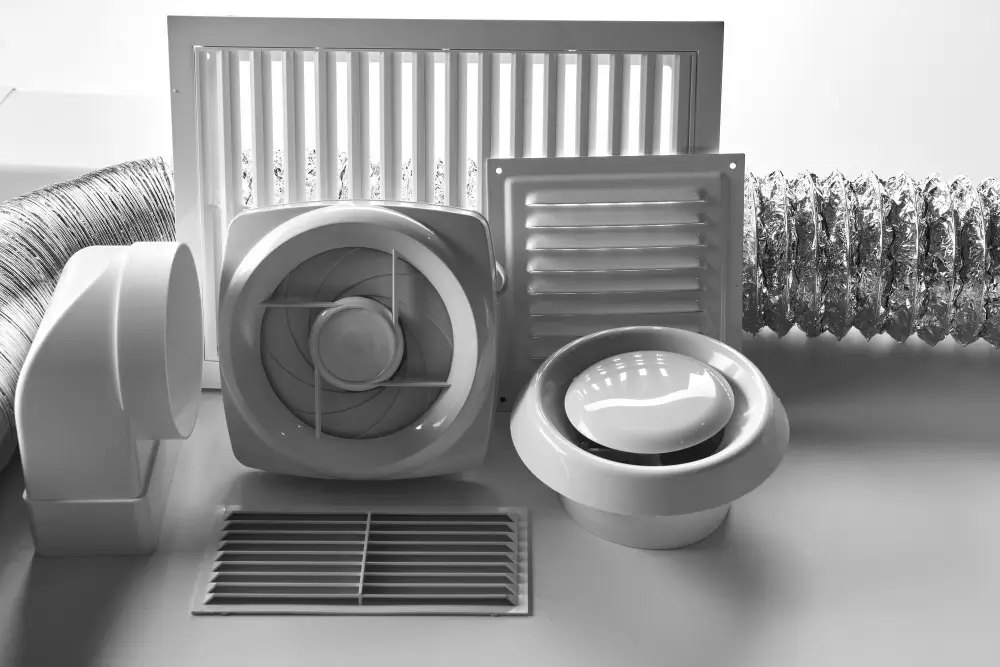
Property can be provided by different means. Choice of ventilation type must be as per the Building Regulations Approved Document F in order to ensure compliance with the ventilation standards.
The following are different methods of ventilation:
Natural ventilation relies on wind pressure and thermal differences to move fresh air through the property without the use of mechanical systems. It includes methods such as background ventilation through trickle vents, purge ventilation by opening windows or doors, and cross ventilation where air flows from one side of the property to the other.
Mechanical ventilation uses fans and duct systems to control air movement into and out of the property. Common types include extract fans in kitchens and bathrooms, supply ventilation that delivers fresh air indoors, and Mechanical Ventilation with Heat Recovery (MVHR), which exchanges stale indoor air for fresh outdoor air while recovering heat to improve energy efficiency.
Passive Ventilation: Passive ventilation is a non-mechanical approach designed into a building’s structure, using natural forces such as buoyancy and air pressure to move air. Examples include passive stack systems that vent air through vertical ducts and architectural features like ventilation chimneys or wind towers. While it requires no energy input, its performance depends heavily on building design and environmental conditions.
Hybrid Ventilation: Hybrid ventilation combines natural and mechanical systems to optimize indoor air quality and energy use. It typically uses natural ventilation when outdoor conditions are favourable and switches to mechanical systems during extreme weather or high occupancy. This flexible approach balances comfort, energy efficiency, and air quality, making it ideal for buildings that need both sustainability and performance.
Good ventilation is crucial as it directly affects your health, comfort, and the condition of your property. Poor ventilation means stale air, excess moisture, and indoor pollutants are not being effectively removed, which can lead to serious problems. Your property is poorly ventilated if you experience:
Good ventilation is essential for maintaining a healthy, comfortable, and efficient indoor environment. Here are the key benefits:
Humidity refers to the amount of water vapor present in the air. Invisible water vapours if not ventilated properly can raise humidity levels which in return causes moulds and condensation within property. Hence controlling indoor humidity is essential in keeping a healthy environment within the property.
Following are different ways that have proven beneficial in controlling humidity levels within properties.
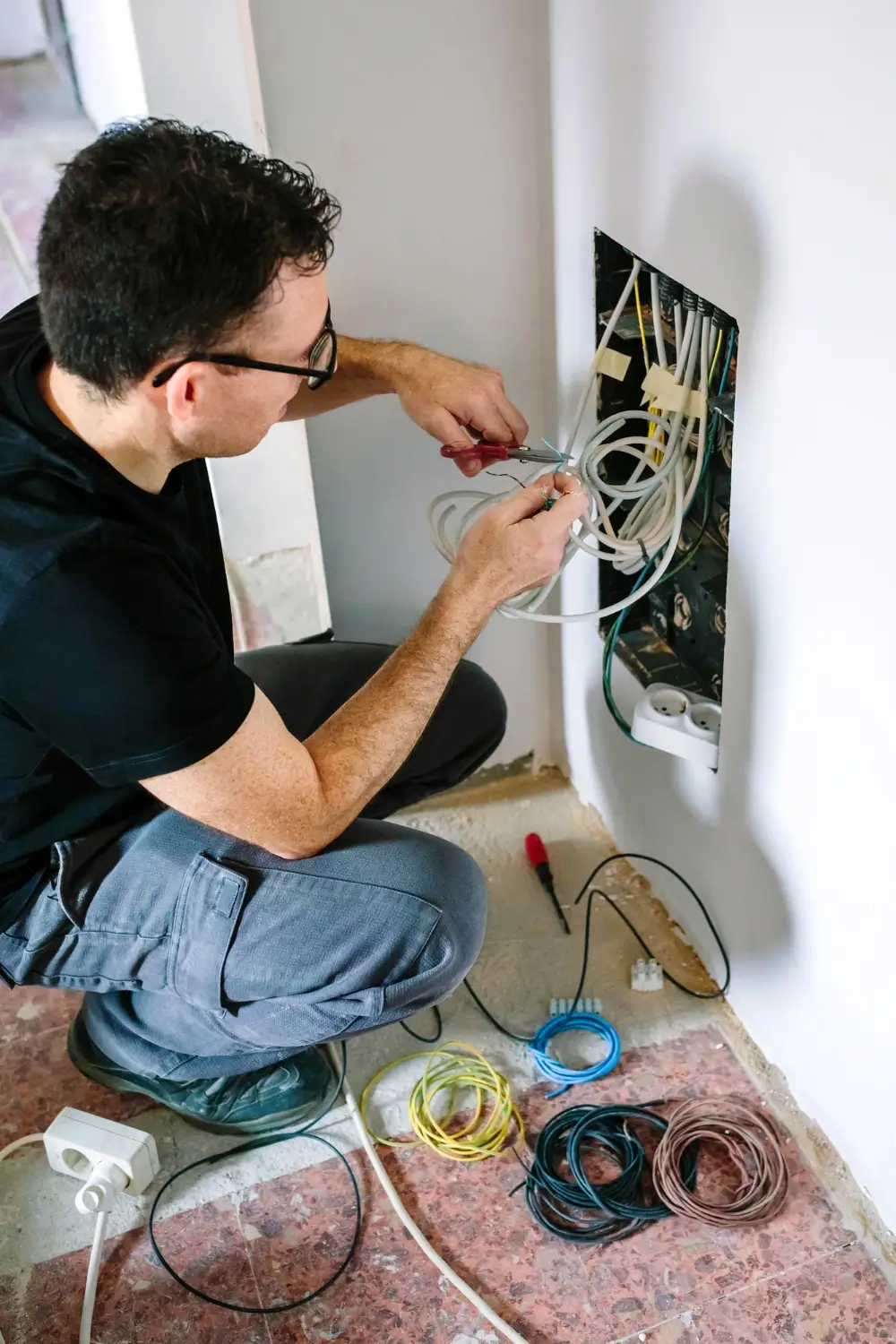
KCS Electrics outstanding record, effective responsiveness, efficient scheduling, prompt attendance and swift delivery helps our clients in getting their domestic ventilation requirements fulfilled as per the Building Regulations 2010 Approved Document F without any inconvenience.
KCS Electrics offers exceptional domestic ventilation installation services at your doorstep. We ensure that our ventilation installers keep themselves updated with requirements of latest British Standards BS7671 and complete domestic ventilation installation in conformance with The Building Regulations 2010 Approved Document F guidelines.




